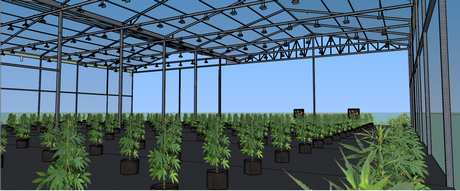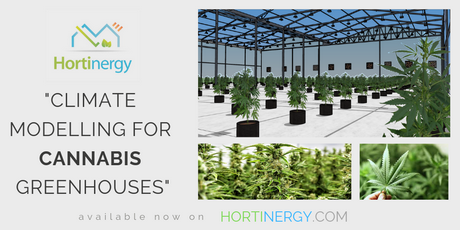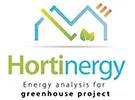The cannabis industry is very energy-intensive, especially when it comes to particularly high-tech indoor facilities. This is why it is important to address this aspect during the design phase, in order to greatly reduce the environmental impact of such operations. Climate control surely represents one of the highest expenses of any cannabis endeavor, in that a perfect environment is necessary to grow cannabis plants at their full genetic potential. On the other hand, greenhouses might seem cheaper to operate as they capitalize on the ‘free’ sunlight too, but they are trickier to run smoothly. “There are three types of growers in cannabis,” says Vincent Stauffer with Hortinergy. “There are big companies, then there are people coming from the underground scene, and then you have engineering companies that have a lot of knowledge on plant growing, but only with regards to indoors. All of these categories do not have much experience when it comes to growing efficiently in a greenhouse.”
Three types of greenhouses
Vincent further explains that there are three types of greenhouses. “Traditional, semi-closed, and fully closed,” he says. “Each of those structures works perfectly in specific climates. For instance, the semi-closed greenhouse can be dehumidified and cooled down through mixing outside and inside air in combination with adiabatic cooling (pad); this greenhouse works perfectly in a hot and dry climate, like Portugal and Spain. But it wouldn’t work in a wet climate.”

This is because external environmental conditions impact the internal climate of a greenhouse, which is crucial to control perfectly to grow cannabis. “In cannabis, you have many parameters to take under control,” he points out. “You don’t want a temperature above 26 degrees Celsius, for instance, or you don’t want humidity to be above 70%. On top of this, you have a wide array of solutions to maintain the variables, such as crop transpiration, air velocity. All of this is very complex.”
Comparing different scenarios
This is why Hortinergy has developed software that models all of those parameters, and predicts the inside climate based on simulations. “Through this software, it is possible to plan and see in advance how a specific greenhouse, in a specific climate, would run,” Vincent explains. “You can compare different scenarios and different equipment. Through this comparison, growers can make an informed decision and find the best configuration that would allow them to save on energy cost while at the same time increasing the overall efficiency.”

Indeed, Hortinergy’s software also calculates how much light and additional light is required and what would be the cost of that. “This is especially useful to decide if it’s better to opt for HPS and LED, depending on the moles per day you want. In order to make an even more precise calculation, the software is also capable of calculating how much solar radiation and light assimilation is required.” It is estimates also latent and sensible generated by LED and HPS.
Considering the current state of the industry and of the market, efficiency is paramount to be ahead of the fierce competition. “A few years ago, whatever you invested in cannabis you were sure you got a payback somehow,” Vincent observes. “Now, cannabis prices are going down, while investments stayed the same, as they need to fund from the lighting system to the HVAC. Through the Hortinergy software, it is possible to find the best configurations to maximize the investment and be sure that the ROI would be adequate to the scope of the operation.”
For more information:
Hortinergy
www.hortinergy.com
contact@hortinergy.com
